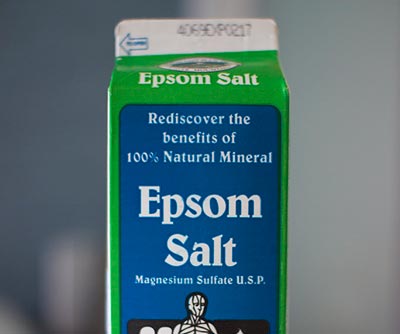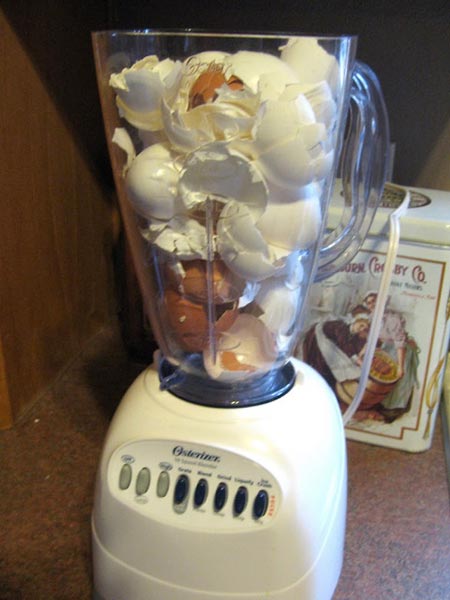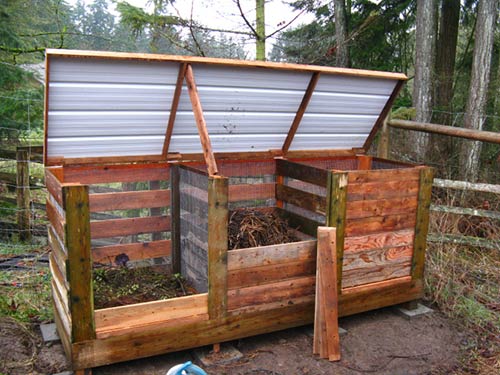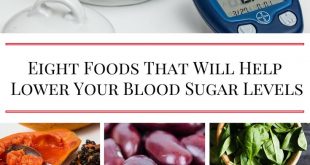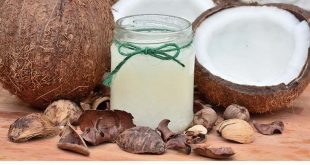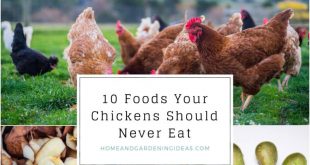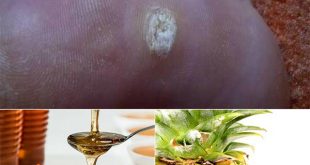10 Garden Fertilizers You Already Have at Home
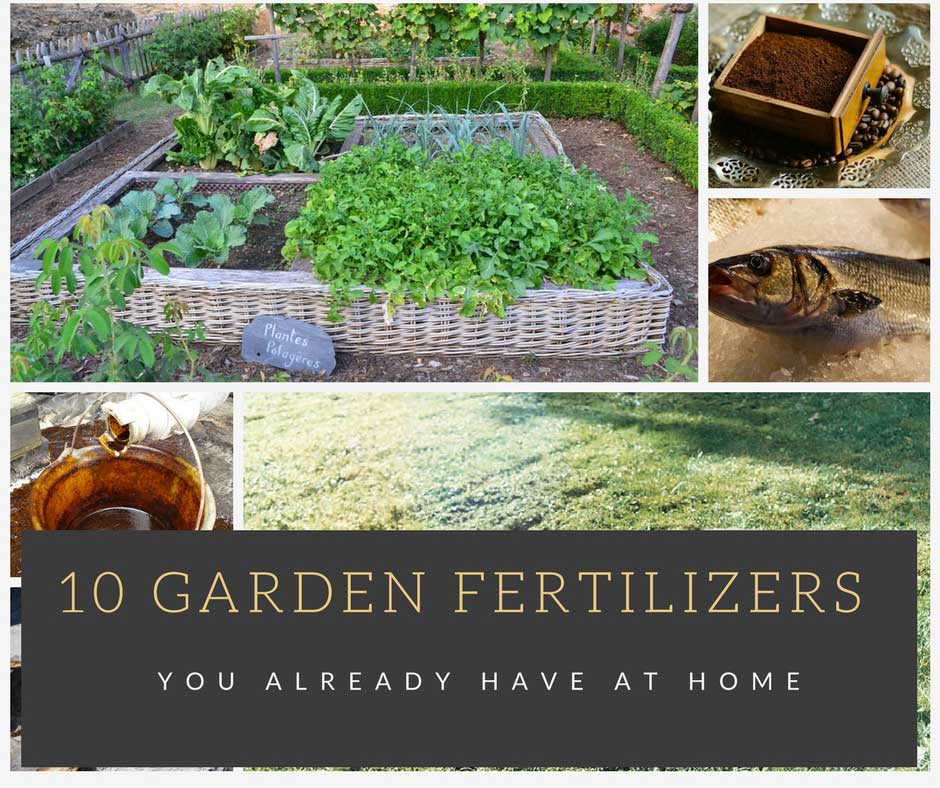
Gardening work doesn’t stop when you get your seeds planted and plants in the garden. Maintenance is crucial, and that includes using garden fertilizers. Fertilizers can be expensive, costing you a small fortune if you have a large garden. Instead of purchasing expensive, premade fertilizers at the store, you should look around you! Your home holds several choices for cheap fertilizers.
Before we dive into what you can use as a fertilizer at home, you have to understand the essential nutrients all plants require. Every plant needs nitrogen (n), phosphorus (p), and potassium (k) to grow to their maximum potential. Nitrogen is necessary for leaf and green plant growth. Phosphorus helps with flowering and fruit-bearing. Potassium encourages overall growth of the plant.
As you might imagine, your garden needs all three nutrients to thrive. There are other micronutrients that your plants need, such as calcium and sulfur, to grow.
Another important factor to consider before you use homemade fertilizer is the acidity of your soil. Some fertilizers will increase the acidity in your soil. Certain plants enjoy the extra acid in the soil, but plenty don’t. If you have a plant that prefers alkaline rather than acidic soil, you will want to check the pH balance of your soil with a soil tester.
Garden Fertilizers You Have at Home
1. Coffee Grounds
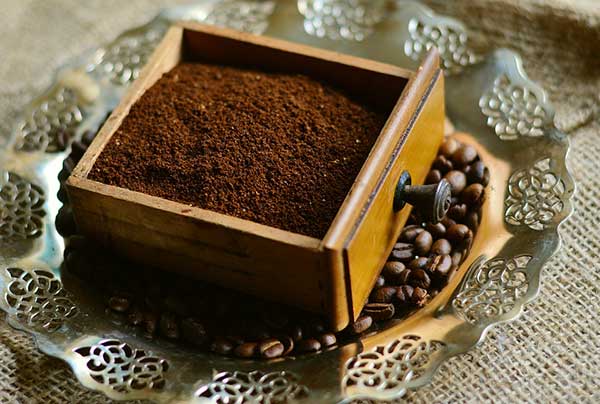
If you are a coffee drinker, you won’t have any issues collecting used coffee grounds! Chances are you have an abundance that you can spread. We collect all of our coffee grounds in a bowl.
Coffee grounds are an excellent source of nitrogen. You should be aware that coffee grounds will add extra acid to your soil, so you don’t want to add too much too often. You could if you have some acidic loving plants, like radishes, roses, magnolias, peppers and sweet potatoes!
2. Banana Peels
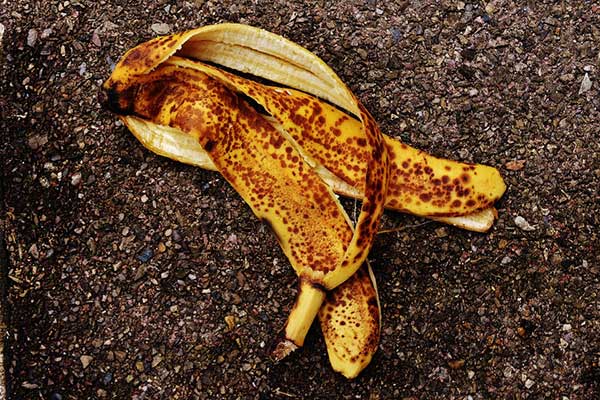
Our house goes through a lot of bananas with several children living here. If your house is the same way, you are sitting on a goldmine of garden fertilizers! Banana peels are a source of calcium, phosphorus, and potassium. Because banana peels contain phosphorous, target their use around plants that flower and bloom, such as zucchini and cucumbers.
There are several ways to use banana peels in your garden. First, you can dice them up and add them to the soil around your plant. The peels will decompose and add nutrients to your plant. Banana peels are great additions to your compost pile. Also, you can soak banana peels in water for two to three days, then use the water in your garden. The water absorbs the nutrients.
3. Epsom Salt
Epsom salt has dozens of fantastic uses, including in your garden! Bags of Epsom salt are cheap, and you might already have some at your house for bath soaks.
Using Epsom salt in your garden provides a fantastic source of magnesium and sulfur. All you need to do is sprinkle some around your plants. Tomatoes, in particular, enjoy Epsom salt. You can also mix one tablespoon of Epsom salt with a gallon of water. Use this mixture to water your plants.
4. Grass Clippings
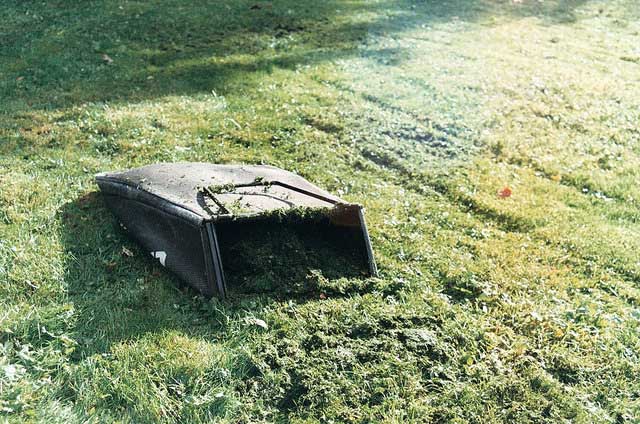
Everyone has an abundance of grass clippings during the summer. Grass clippings are one of the best, organic and free fertilizers for your garden. Clippings perform two fantastic jobs. First, they prevent the growth of weeds and keep the vital moisture in your soil.
The second job is that they provide a source of nitrogen to your garden. Fresh grass clippings have a higher level of nitrogen than clippings you might have stored. All you need to do is add a half-inch of clippings across your garden.
5. Egg Shells
Egg shells are easy to come by, especially if you have a flock of chickens in your backyard. Before you use eggshells in your garden, you need to wash and dry them out. Otherwise, they won’t have a pleasant smell. Then, crush the shells up!
Egg shells are made up of calcium carbonate, which is an ideal soil amendment. Some plants need more calcium than others, such as tomatoes and zucchini. These plants are more likely to experience blossom end rot. Tomatoes, in particular, benefit from extra calcium for proper growth. Try burying the eggshells around your plants.
You should also add eggshells to your compost pile! Some people prefer to boil eggshells in a gallon of water then use the water in their garden.
6. Molasses
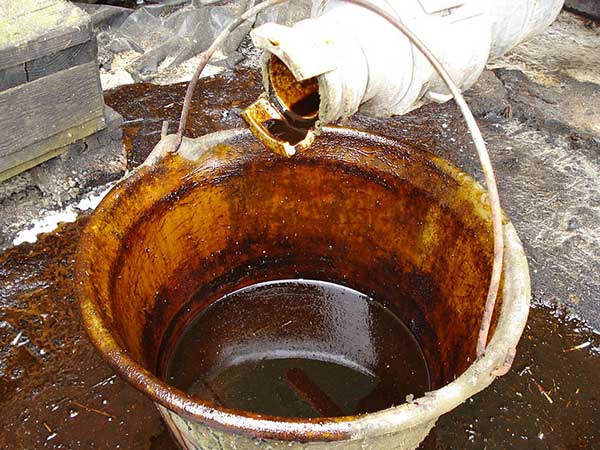
If you have molasses, you can use it in your compost tea or as a simple fertilizer. Molasses will increase the beneficial bacteria and microbes in the soil. It gives them something to feed on to increase their numbers.
To create a molasses fertilizer, mix one to three tablespoons of molasses in a gallon of water. Then, use this mixture to water your plants. You will love the extra growth of your plants!
7. Compost
Every gardener needs to have a compost. It is one of the best ways to fertilize your garden for free or cheap. Once you make a compost bin or pile, all you have to do is add your brown and green materials, letting nature work. Brown materials are things such as leaves, weeds, and grass. Green materials include your veggie and fruit scraps from your kitchen.
Once you have an established compost, use it to mix with your soil as you plant your veggies an fruit. Another way to use compost as a fertilizer is by soaking compost in water and straining it, which is called compost tea. Use this to water your plants.
8. Milk

Do you have milk, even powdered milk, that is nearing its expiration date? Don’t toss it out or pour it down the drain! Milk is an obvious source of calcium, along with sugar, protein, and vitamin B. All of these nutrients work together to encourage the overall growth of the plant. Try mixing the milk with four parts water. Doing so helps to reduce blossom end rot, which often appears in tomatoes and zucchini.
9. Fireplace Ash
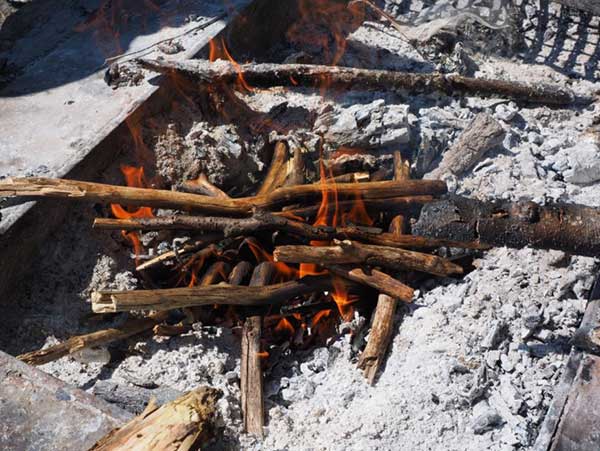
Another great choice for a garden fertilizer is fireplace ash. Ash is a source of calcium carbonate and potassium. Gardeners can mix the ash directly into the soil with your hands. However, it is important to remember that ash will increase the acidity level of your soil. Be careful where you use it in your garden!
10. Fish

One of the last choices to consider as a free, garden fertilizer is fish products. The Native Americans taught the Pilgrims to plant fish in their garden. Doing so increased the nutrients in the soil.
Don’t worry; you don’t need to bury whole fish in your garden. However, you can use the scraps of fish to create a similar effect. You can take scraps and blend them with milk. Apply this mixture to your garden. Another trick is to use water from your aquarium to ad different vitamins and nutrients to the soil.
 Home and Gardening Ideas At home and Gardening ideas we believe inspiring readers about homesteading, self sufficiency
Home and Gardening Ideas At home and Gardening ideas we believe inspiring readers about homesteading, self sufficiency
